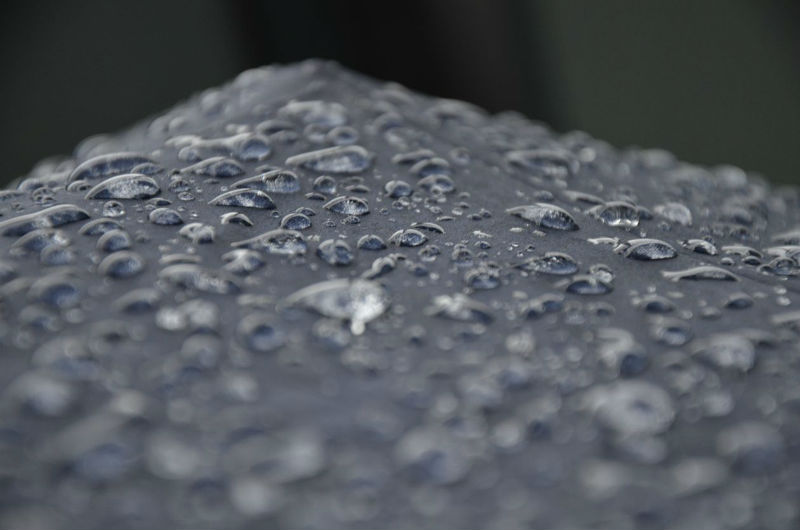Sump pumps are used to drain accumulated water in a sump basin especially in wet basements. If you have never heard of it, count yourself lucky as it means you haven’t experienced a basement flooding problem. The American Society of Home inspectors has noted that over 60 percent of homeowners suffer from wetness below the ground. Even a little water is bound to amount to thousands of dollars of water damage.
Even if your house has a water problem, there may be other alternatives to correct the situation before your resort to a sump pump. A network of drainage tubes protect your basement or crawl spaces from water damage around the foundation area. The water is directed to a sump which then pushes the water through a discharge pipe to the outside and away from the house.
Types of Sump Pumps
The sump pumps are available as either pedestal or submersible types. Pedestals are more affordable than submersible as they aren’t cooled by the water in the sump. They are, however, prone to overheating under extreme use.
Submersible pumps, on the other hand, are surrounded by cooling water and rest at the sump’s bottom.
Sump Pump Buying Guide
- Horsepower
The critical thing to know is how many gallons of water per hour it can pump and up to what height. For sump pumps that run consistently throughout the year, a more powerful pump is required.
- Housing
Housing is essential for the pumps and is usually available in cast metal, stainless steel, or plastic housing.
- Switch
The switches come in three types namely; vertical float, tethered float, and electronic float. After the water reaches a certain level, they all turn on the pump. They differ in pricing although they all offer protection to the pumps.
Maintenance Tips
Sump pumps are mechanical devices bound to fail from time to time. If this happens, you could be looking at a flooded basement and subsequently, costly repairs. Regular maintenance helps to nip problems in the bud before things get worse. Here are a few tips to guide you;
- Annual examinations of the sump pumps and basins
- Remove gravel, dirt, and sand from the sump pump
- Ensure discharge line openings are free from any obstructions
- Ensure float pumps are clear of any obstructions
Some dampness during summer is not a cause for alarm because a dehumidifier can solve that. However, if you are searching for a house be keen when doing a tour of the basement. Evidence of a significant water problem could be high water marks on the wall or an active sump pump. A wet basement brings with it a myriad of issues such as mold, rust, rot, etc. Installing sump pumps can be quite a hassle, therefore, if you like the house or you have already moved in, consider other alternatives first.
If you are replacing a sump pump that has worked well over the years, buy a similar sump pump of the same horsepower as well. The sumps mentioned above pumps operate on electric current. Battery backups are vital for providing some level of protection until the power is restored.
Click here for more information and to possibly buy a pump.